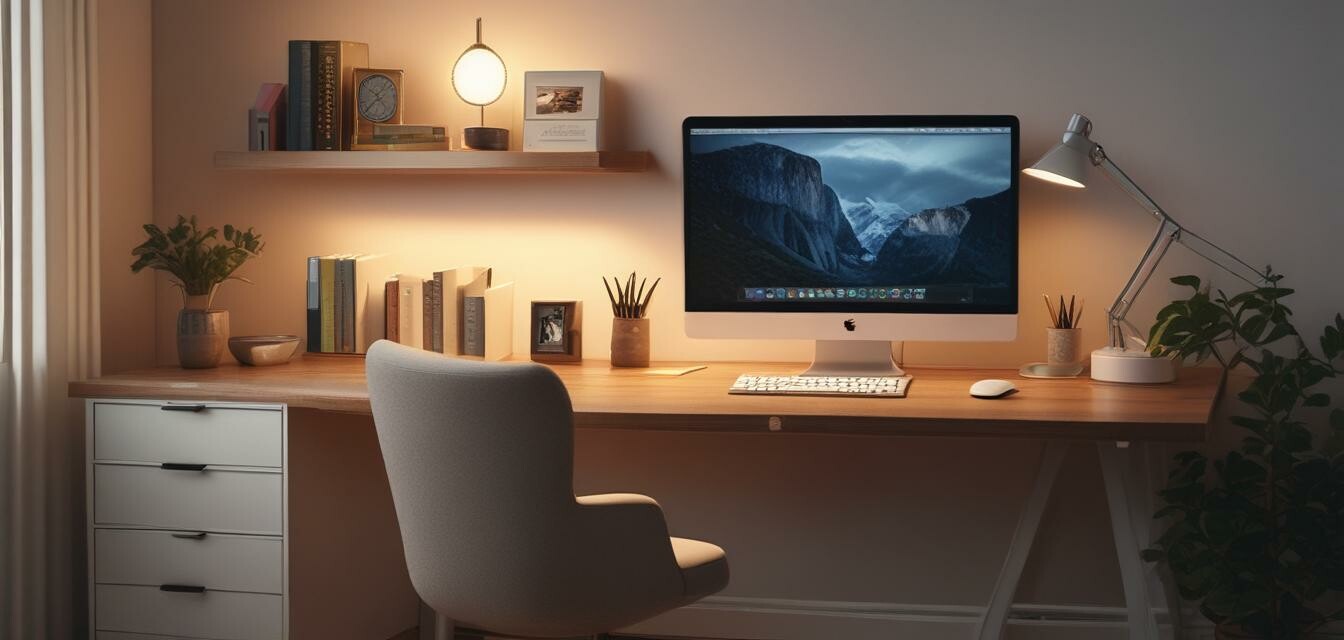
Creating a Distraction-Free Home Office
Key Takeaways
- Identify distractions and develop strategies to minimize them.
- Choose ergonomic furniture to enhance comfort and productivity.
- Organize your workspace effectively to boost focus.
- Utilize technology to aid in maintaining concentration.
In today's fast-paced world, a distraction-free home office is essential for maintaining focus and productivity. Creating a conducive work environment not only improves your work performance but also enhances your overall well-being. In this article, we will explore various strategies to help you design an optimal workspace, enabling you to minimize distractions and maximize your efficiency.
Understanding Distractions
Distractions in a home office can come from various sources. Recognizing these distractions is the first step towards creating an effective workspace. Common distractions include:
- Noisy environments
- Cluttered work surfaces
- Digital notifications from devices
- Interruption from family members or pets
Strategies for Reducing Distractions
1. Design your workspace for focus
Your home office layout plays a significant role in minimizing distractions. Consider the following tips:
- Choose a quiet area in your home to set up your office.
- Use room dividers or curtains to create a separate workspace.
- Keep noise to a minimum by using soundproofing techniques.
2. Invest in ergonomic furniture
Furniture choice can influence your comfort levels while working. Here are some recommendations:
Comfortable chairs and desks can significantly enhance productivity. Explore our Ergonomic Chairs category for suitable options!
3. Organize for efficiency
Clutter can divert attention. Use organizational tools like:
| Tool | Benefits |
|---|---|
| Filing Cabinets | Keep documents organized and out of sight. |
| Bookcases | Store reference materials and books neatly. |
| Desk Organizers | Classify pens, stationery, and other essentials. |
4. Limit digital distractions
Technology can be both a friend and foe. Here are steps to minimize digital distractions:
- Use apps that block distracting websites during work hours.
- Set specific times to check emails and social media.
- Turn off notifications on your devices.
5. Establish a routine
A well-defined routine can improve your focus:
- Set specific work hours to create structure.
- Incorporate breaks to refresh your mind.
- Use time-management techniques, such as the Pomodoro Technique.
Pros
- Improved focus and productivity
- Better organizational skills
- Enhanced comfort with the right furniture
Cons
- Initial cost of ergonomic furniture and organizational tools
- Time investment to set up the ideal workspace
Inspiration for Your Home Office Design
Consider different design styles for your home office. Whether you prefer minimalist, industrial, or cozy aesthetics, here are some ideas:
- Minimalist: Clean lines, neutral colors, and fewer items.
- Industrial: Use raw materials such as wood and metal, with exposed elements.
- Cozy: Incorporate soft textiles, warm lighting, and personal decorations.
Conclusion
Creating a distraction-free home office is an ongoing process that requires self-awareness and the willingness to make changes. By implementing the strategies discussed in this article, you can design a workspace that enhances your productivity and reflects your personal style. For more tips on selecting the right furniture and accessories, visit our Tips and Inspiration category. Let's make your home office a productive haven!